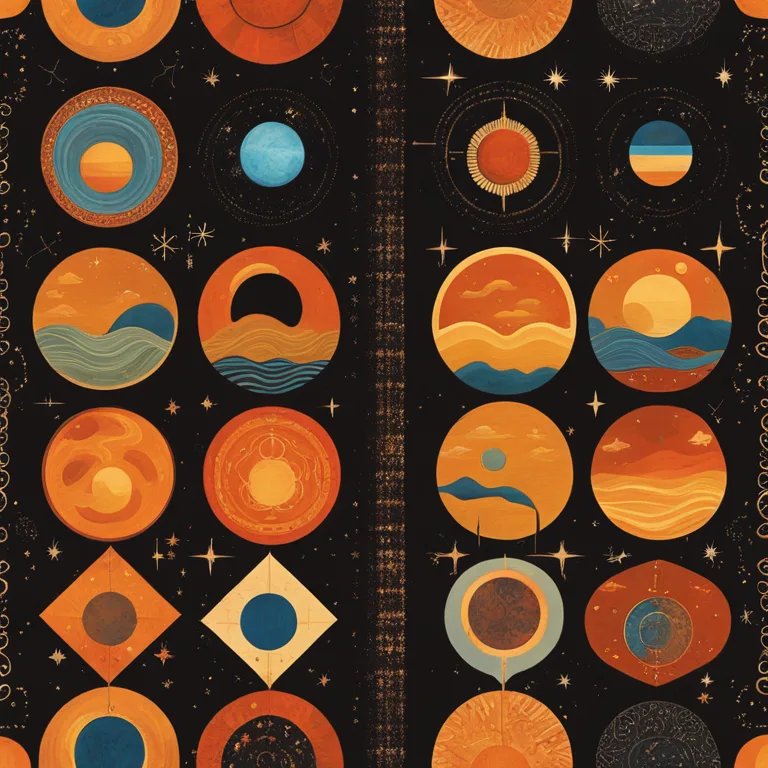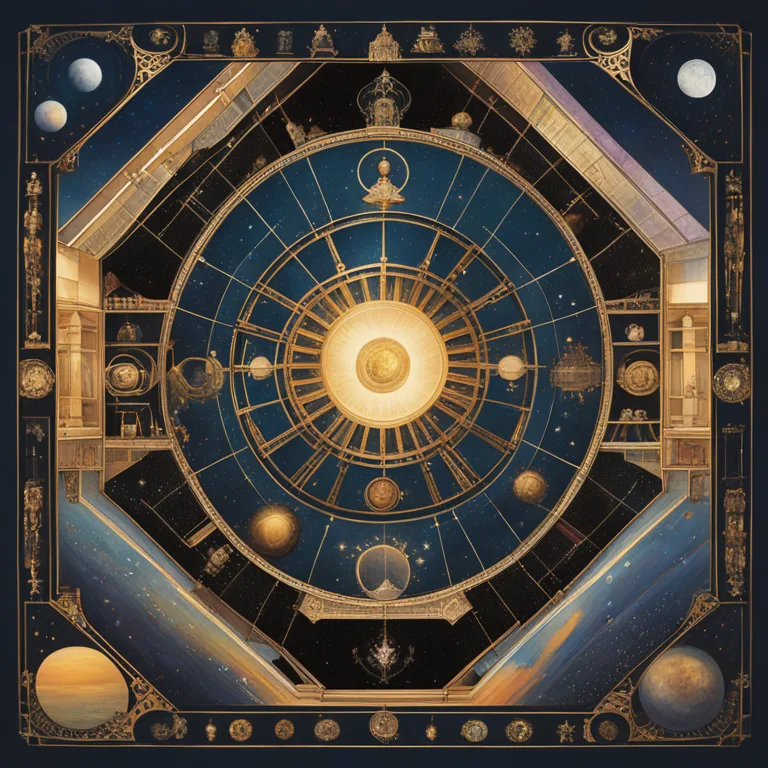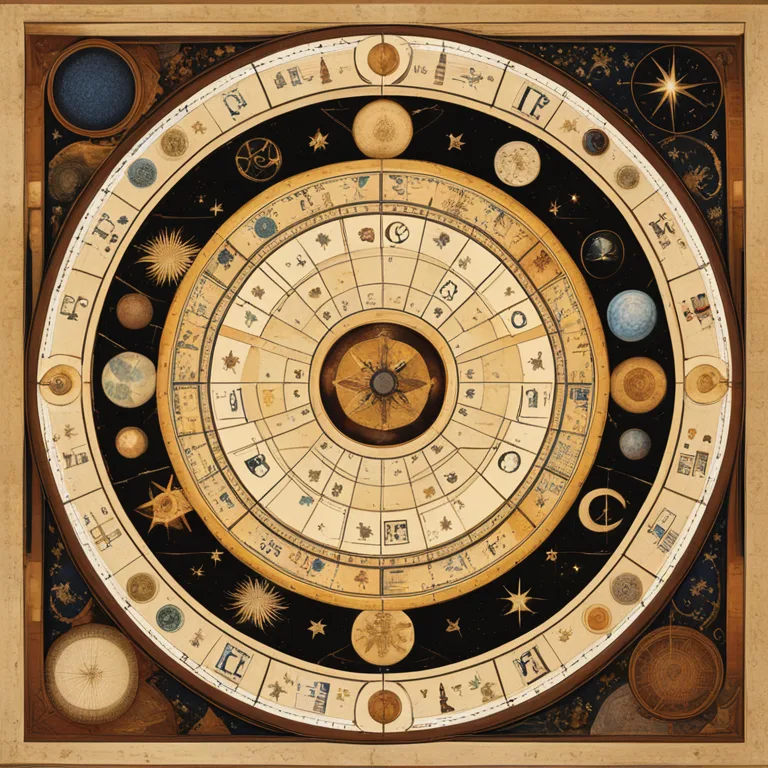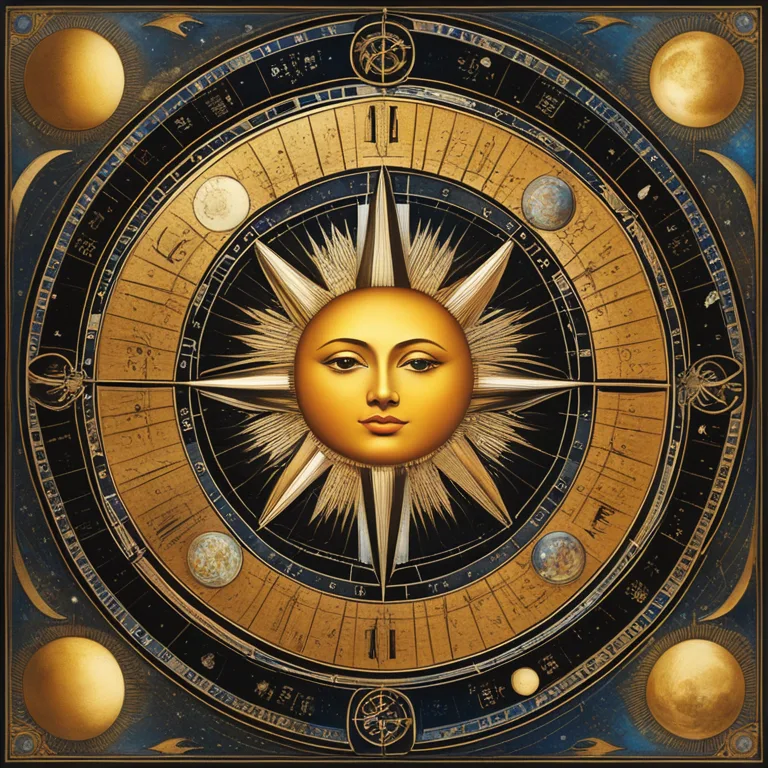
The Elements of Your Birth Chart
Explore the fundamental components of your birth chart to gain personal insights and understand your cosmic blueprint.
article by Priya Deshmukh
Introduction to Birth Charts
As astrology continues to flourish in contemporary discourse, the birth chart remains a pivotal tool for self-discovery. This celestial snapshot, taken at the moment of one's birth, serves as a personalized guide to understanding an individual's character, potential, and life path. Through meticulous study, astrologers interpret the chart's intricate tapestry, revealing insights about personality traits, interpersonal dynamics, and future trends. As we proceed, we shall delve into the core elements that constitute the mystical framework of a birth chart.

Planetary Influences
To commence, planets play a fundamental role within a birth chart. Each planetary body, including the Sun and Moon, signifies distinct facets of our existence. The Sun's placement, denoting one's spirit and identity, contrasts with the Moon's position, which reflects emotional undercurrents. Mercury's location informs communication styles, while Venus and Mars illuminate the nuances of love and assertiveness. Distant giants such as Jupiter and Saturn divulge information on growth and structure respectively, with Uranus, Neptune, and Pluto offering shades of innovation, spirituality, and transformation. The planets' positions in specific zodiac signs and houses impact their expression and potency in the birth chart.

The Zodiac Signs
The zodiac signs imbue the planets with characteristic energies. A fiery Aries Moon, for instance, imparts a bold emotional expression, whereas a Virgo Moon suggests a more analytical approach to feelings. Working in harmony, the twelve zodiac signs, each belonging to a particular element (fire, earth, air, or water), dial up or modulate the raw planetary forces. This elemental balance within a birth chart provides deep insights into one's temperament and fundamental nature.

The Housing System
Birth charts are further subdivided by the twelve houses, each representing a specific life domain. The first house, or ascendant, symbolizes self-image; the seventh house relates to close partnerships. The midheaven, or tenth house, sheds light on career and public status. Planetary tenants in these houses color the themes associated with them, offering a comprehensive picture of various life experiences and the evolutionary path an individual may traverse.

Aspects and Angles
Linking the planets are aspects – angular relationships that blend or challenge their energies. Conjunctions, where planets align closely, signify blended forces, whereas oppositions and squares denote tension and potential conflict, requiring resolution and balance. Trines and sextiles, on the other hand, provide supportive, harmonious interactions between planetary energies. Understanding these aspects is crucial to grasping the full narrative of the birth chart, where friction and harmony coexist to shape personal dynamics.
The Rising Sign and Ascendant
A special mention goes to the Rising Sign, or Ascendant, which is the zodiac sign that was on the Eastern horizon during one's birth. This influential facet of the birth chart dictates the outward persona and how others perceive you. It acts as a lens through which the energies of the other planets are focused or altered, and it sets the stage for the unfolding of one's personal story.
Birth Chart Synthesis
To synthesize a birth chart, one must consider the planets, signs, houses, and aspects collectively. This layered approach unfolds a narrative that's uniquely tailored to an individual, offering marvels of wisdom inherent in personal cosmic designs. Remember, the birth chart is a dynamic blueprint: while it suggests potential and tendencies, one's free will plays a decisive role in the course of their life, turning the birth chart into a canvas rather than a script.
Published: 12/22/2023
Modified: 12/22/2023
More predictions
Come back here soon to learn more about yourself and your future



